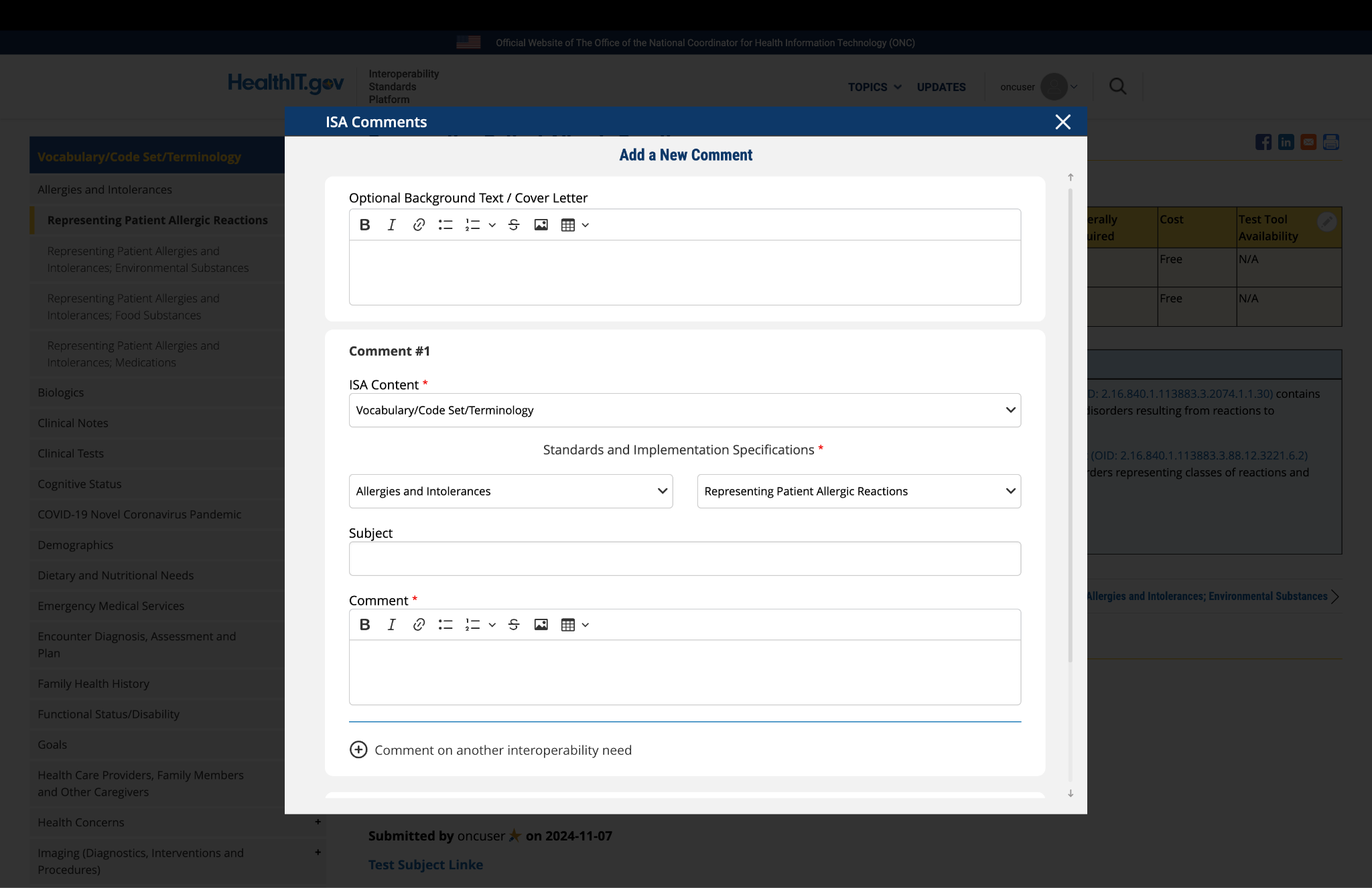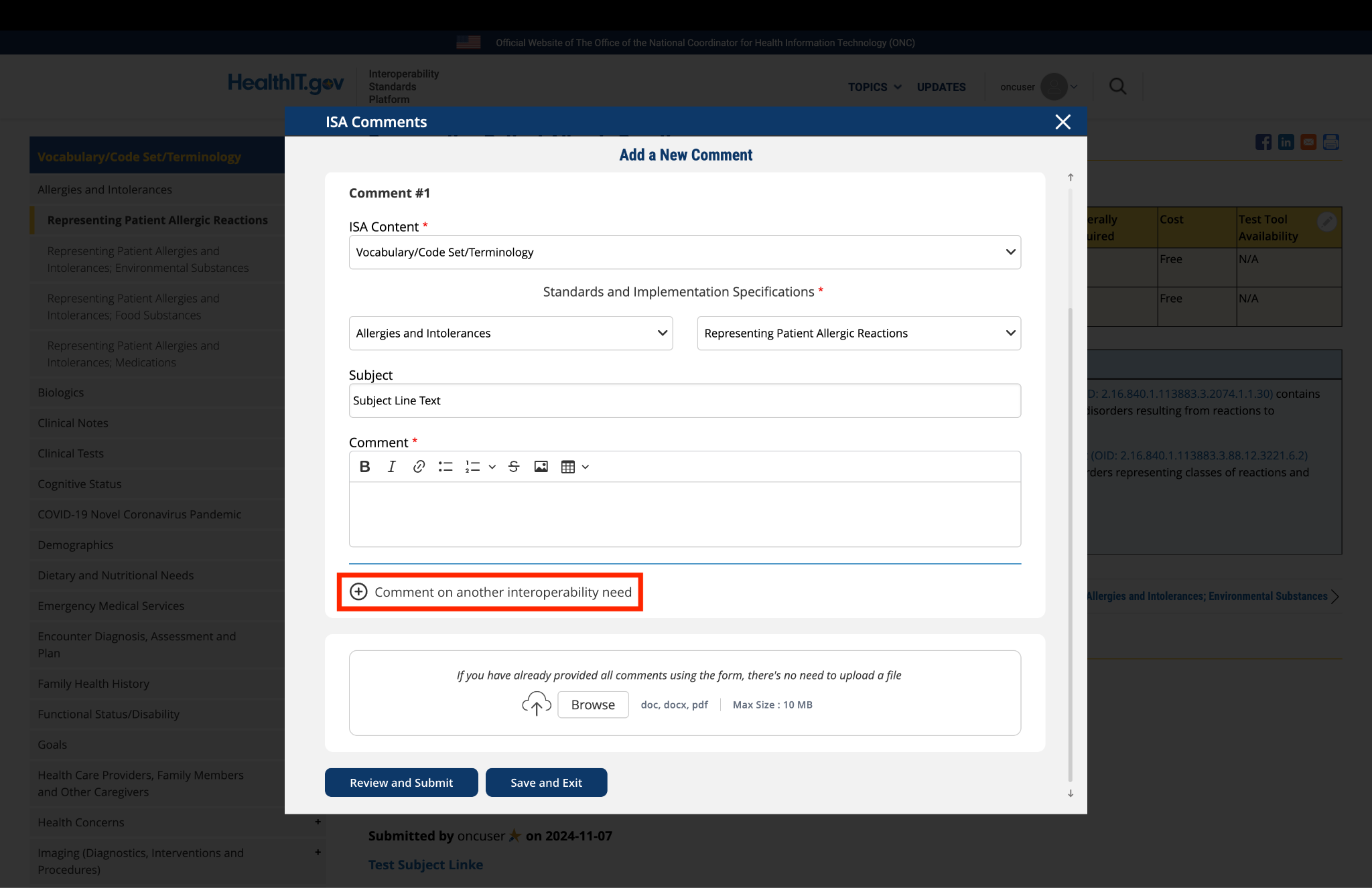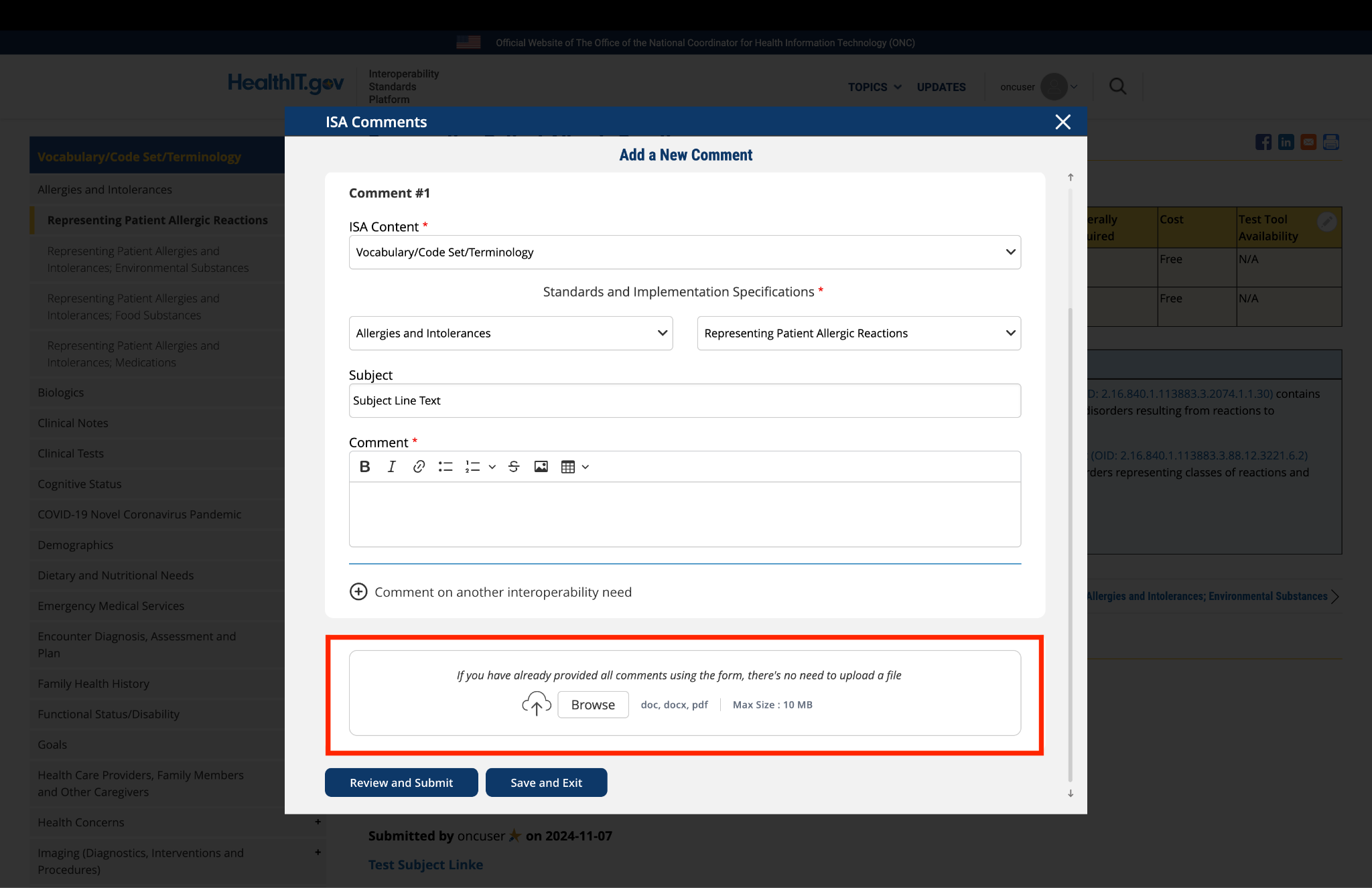| Type | Standard / Implementation Specification | Standards Process Maturity | Implementation Maturity | Adoption Level | Federally required | Cost | Test Tool Availability |
|---|---|---|---|---|---|---|---|
|
Implementation Specification
|
Final
|
Production
|
Yes
|
$
|
Yes
|
||
|
Implementation Specification
|
Final
|
Production
|
Yes
|
Free
|
Yes
|
||
|
Implementation Specification
|
Final
|
Production
|
No
|
Free
|
Yes
|
||
|
Implementation Specification
|
Final
|
Production
|
No
|
Free
|
No
|
||
|
Implementation Specification
|
Final
|
Production
|
No
|
Free
|
No
|
||
|
Emerging Standard
|
Final
|
Pilot
|
Feedback Requested |
No
|
Free
|
No
|
|
|
Implementation Specification
|
Final
|
Feedback requested
|
Feedback Requested |
Yes
|
|||
|
Standard
|
Final
|
Production
|
No
|
Free
|
Yes
|
| Limitations, Dependencies, and Preconditions for Consideration |
Applicable Security Patterns for Consideration
|
|---|---|
|
|
Comment
Submitted by pwilson@ncpdp.org on
NCPDP Comment
- NCPDP recommends that ONC add the following:
Type- Implementation Specification
Standard Implementation/Specification- NCPDP SCRIPT Standard, Implementation Guide, Version 2022011
Standards Process Maturity – Final
Implementation Maturity- Pilot
Adoption Level – 1
Federally Required – No
Cost – $
Test Tool Availability – No
- NCPDP recommends that ONC update Specialty Medication Enrollment HL7 FHIR Type to “Implementation Specification”, Standards Process Maturity to “Final” and Implementation Maturity to “Production”.
Submitted by shellyspiro on
Pharmacy HIT Collaborative (PHIT) comment
PHIT supports the following NCPDP recommendations: adding NCPDP SCRIPT Standard, Implementation Guide, Version 2022011 to the implementation specification; updating Specialty Medication Enrollment HL7 FHIR Type to implementation specification, Standards Process Maturity to final, and implementation maturity to production.
Submitted by pwilson@ncpdp.org on
NCPDP Comments
- NCPDP SCRIPT Standard, Implementation Guide, Version 2017071 - Update adoption level to 5.
- NCPDP SCRIPT Standard, Implementation Guide, Version 2019071 - This version has been published and available by trading partner agreement. Currently 2017071 is required by Medicare Part D and ONC certification.
Submitted by John Moehrke on
IHE - Mobile Access to Health Documents
The IHE Mobile Access to Health Documents (MHD) includes support for PUSH based exchanges. This functionality is very similar to XDR, but uses FHIR.
see IHE publication -- https://profiles.ihe.net/ITI/HIE-Whitepaper/index.html#:~:text=the%20three%20models.-,3.1%20Push,-3.1.1%20Cross-Enterprise
The MHD Profile provides a point-to-point method of sending documents to a specific recipient. It leverages common principles described in Section 2. It sends documents and metadata using FHIR Rest push to deliver one or more documents to a Document Recipient.
The typical use case for MHD in this mode is when documents are known to be needed by a recipient. Such as a patient referral in the use case given in XDR.
In addition the MHD can be used as an push API to a system that ultimately delivers the content. For example diagrammed below is MHD initiating a push to an Intermediary. In this use case the MHD push request could be handled by the intermediary that further pushes the content using XDR or an e-mail carrying XDM (e.g., the Direct Project). On the recipient side (not shown in the diagram) the MHD could be used by an intermediary to forward a XDR or XDM push content. MHD (not shown in the diagram) could also be used on the recipient side as a query/retrieve where the intermediary has cached content addressed to that recipient. This Intermediary is an example of a Direct Project HISP with the added functionality provided by MHD, enabling FHIR based push with end-to-end interoperability between three different transport stacks in MHD, XDR, and e-mail XDM.








Submitted by pwilson@ncpdp.org on
NCPDP Comment